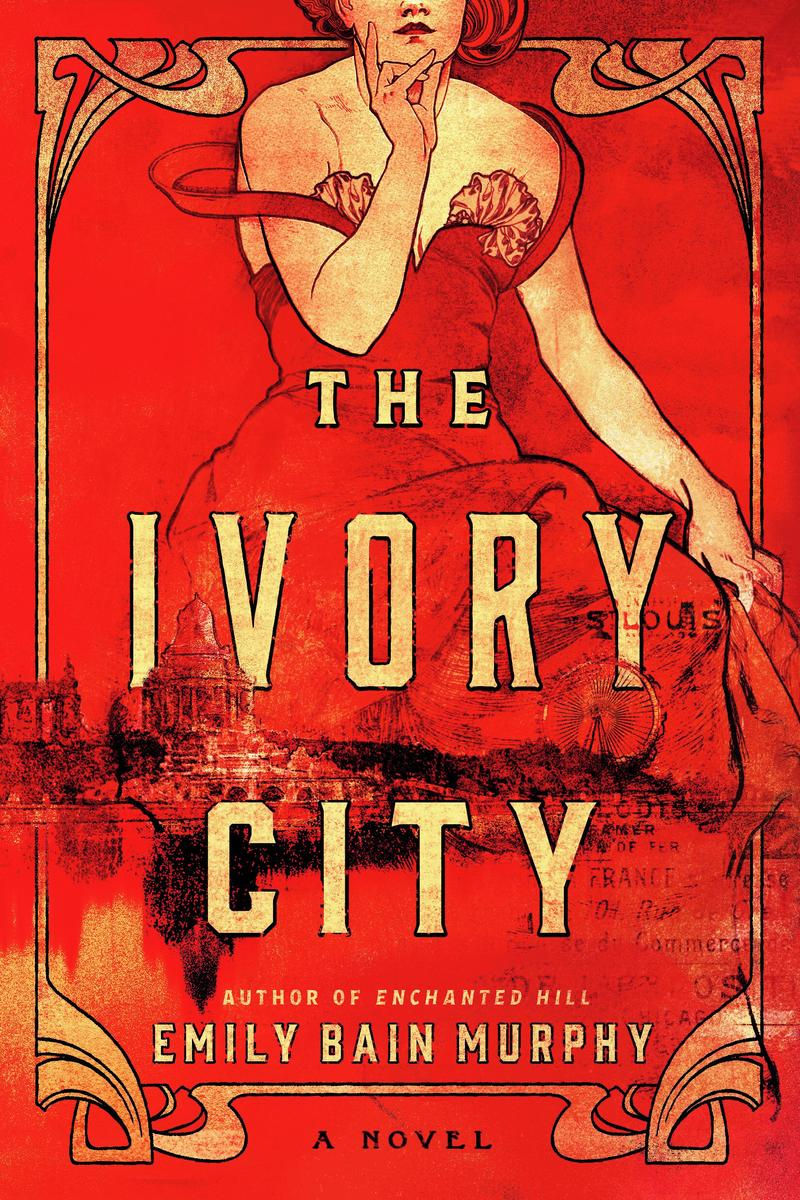"Deliberate Cruelty" Reviewed by Pat Sainz
- cstucky2

- Nov 27, 2022
- 2 min read
“Deliberate Cruelty,” by Roseanne Montillo, is the captivating true story about two well-known people involved in three murders. One was literal and the other two figurative, but equally irrevocable.
Ann Woodward was born into a dysfunctional, impoverished family in Kansas in 1915. She moved to New York with aspirations of becoming an actress. She met wealthy banker William Woodard, Sr. while working as a dancer in a nightclub. Woodward wanted to keep Ann close by without divorcing his wife so he introduced her to his son Billy, never dreaming that Billy would marry her since he believed his son to be gay.
Woodward would have married anyone wealthy enough to introduce her to members of New York’s high society which included the likes of Babe Paley, Slim Hayward, Lee Radizwell, Mary Rockefeller and other socialites of the time. Unfortunately, she was never accepted into the inner sanctum of the very rich. Her mother-in-law despised her, resented Woodward’s perceived manipulation of her son, and was ashamed of Woodward’s background.
Woodward shot and killed her husband in 1955, claiming he was an intruder in their Long Island mansion. She fired into a dark hallway and literally blew his head off. (Woodward had once killed the largest tiger in Africa so everyone knew she was a good shot.) A grand jury determined there was not enough evidence to indict her.
Truman Capote was closely associated with the women he called his “swans.” They included the socialites that Woodward envied. Truman had met Woodward a few times. She openly disparaged his looks and mannerisms, and when he heard about it, he counted her as his secret enemy.
In 1975, an excerpt from a book Capote was writing was published in “Esquire” magazine. Titled “La Cote Basque, 1965,” it was supposedly a fictional story of the lives of New York socialites. Instead, it was a thinly disguised hatchet job of the women who had counted Truman as one of their closest friends for years. All of them, with the exception of Joanne Carson (Johnny Carson’s second wife), dropped him immediately.
Ann Woodward’s story, that of an unstable and vindictive murderer, was gruesomely described in the article, though her name was slightly changed. Worse, Capote uncovered her lies about her upbringing. Days before the excerpt was published, she killed herself rather than face the humiliation. People said Capote killed her with his pen.
Capote never recovered from the alienation of his “swans.” He descended into loneliness, alcoholism and drug abuse and died in 1984 with his reputation seriously tarnished. Acquaintances described his death as social suicide.
Montillo has written a well-crafted, fascinating profile of Ann Woodward and Truman Capote. The history of both is titillating and sad. Montiillo sheds light onto a metropolitan culture of the very wealthy between the 1950s and the 1980s that is unlikely to be repeated.

.png)





Comments